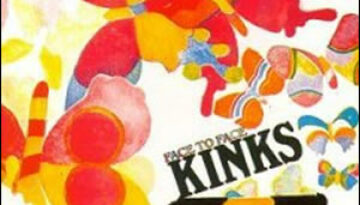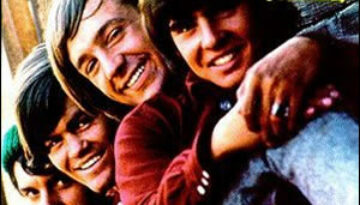Face to Face by The Kinks
Buy Face to Face After quickly rising to pop acclaim, Ray Davies and The Kinks morphed towards concept albums in the late 1960s. Face to Face, the group’s fourth studio album released in […]

Buy Face to Face After quickly rising to pop acclaim, Ray Davies and The Kinks morphed towards concept albums in the late 1960s. Face to Face, the group’s fourth studio album released in […]

Buy Music by The Monkees In October 1966, The Monkees released their self-titled debut record, which would become the first of four consecutive number one albums in the US. The album debuted one […]